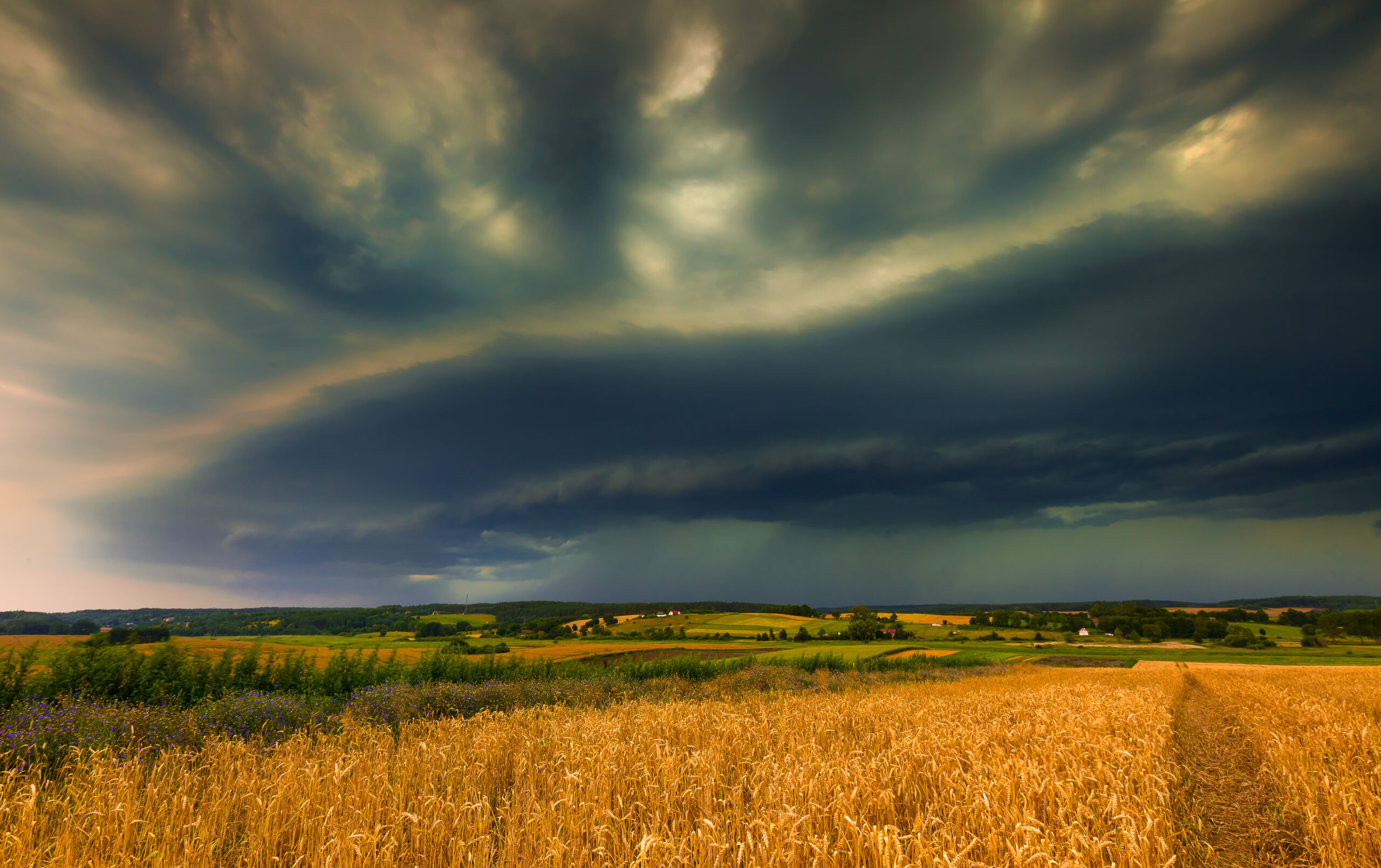Introduction to Disaster Preparedness
Natural disasters can strike at any time, and it’s essential for families to be prepared. Whether you live in an area prone to hurricanes or earthquakes, taking the necessary steps to prepare for a disaster can help keep your family safe and informed during a crisis. In this blog post, we will cover everything from creating an emergency kit to practicing evacuation procedures so that you and your loved ones are ready when disaster strikes.
The Importance of Having a Plan
Having a plan is crucial when it comes to disaster preparedness. Sit down with your family members and create a detailed plan outlining what actions should be taken before, during, and after a natural disaster. This includes identifying potential risks in your area, establishing communication protocols, and designating meeting places if you need to evacuate. Make sure everyone knows their roles and responsibilities, including how to shut off utilities like gas and electricity.
Creating an Emergency Kit
Another critical aspect of disaster preparedness is having an emergency kit on hand. Your kit should include supplies such as non-perishable food items, water, first aid equipment, flashlights, extra batteries, and important documents like passports and birth certificates. It’s also a good idea to have cash on hand since ATMs may not work during a power outage. Remember to check your kit regularly to ensure that all supplies are up-to-date and functional.
Staying Informed During a Crisis
During a crisis, staying informed is key. Keep an eye on local news channels and weather reports to stay updated on the situation. You can also sign up for alerts through your community’s emergency management agency or download apps that provide real-time updates on severe weather events. Remember to charge your phone and other electronic devices ahead of time so they remain operational during a power outage.
Evacuation Procedures and Routes
If you need to evacuate due to a natural disaster, make sure you know your designated routes and meeting places. Practice these routines regularly so that everyone is familiar with them. If possible, avoid using elevators and instead take stairs to exit the building quickly and safely. Once outside, move away from buildings and trees that could collapse or catch fire.
Communicating with Family Members
Communication is vital during a disaster, especially if family members get separated. Establish a communication plan ahead of time, including contact information for each member of the family and backup contacts in case someone isn’t available. Consider investing in walkie-talkies or two-way radios to facilitate communication during a crisis.
Thank you for reading this post, don't forget to subscribe NOW for FREE!
Practicing Your Plan Regularly
Regular practice drills are essential to ensuring that everyone knows what to do during a disaster. Conduct regular fire drills and evacuation exercises to test your plan and identify areas where improvements can be made. Encourage family members to ask questions and share feedback so that everyone feels confident about their role in keeping the family safe.
Coping With Stress After a Disaster
After a disaster has passed, it’s common to experience stress and anxiety. Take care of yourself by getting plenty of rest, eating healthy meals, and engaging in activities that promote relaxation like meditation or yoga. Seek support from friends, family, or mental health professionals if needed.

Conclusion: Next Steps for Disaster Preparedness
In conclusion, being prepared for a disaster is critical for keeping your family safe and informed. By following our tips and creating a comprehensive plan, you can minimize the impact of a natural disaster and reduce the risk of injury or loss of life. Remember to stay informed, communicate effectively, and practice your plan regularly to ensure that everyone is ready when disaster strikes.






